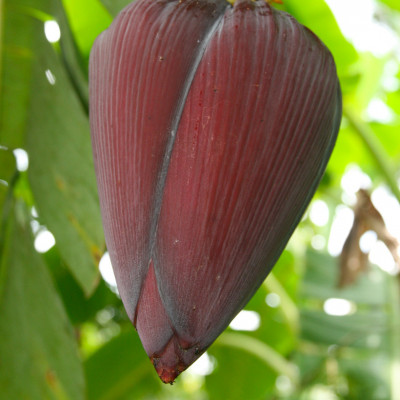





Guarantee safe & secure checkout
Data sheet
The Strelitzia Nicolai, also known as the "Giant White Bird of Paradise," is an impressive ornamental plant native to South Africa. It is appreciated for its large, slender green leaves and majestic silhouette that evokes a tropical ambiance.
This palm tree, native to the Philippines, has rapid growth. It has a unique grayish trunk that reaches up to 10 meters in height. In its country of origin, it reaches 5 meters in the Caribbean with a diameter of 15 cm that widens towards the base.
The leaves are highly arched, approximately 2 meters in length. Once dried, the leaves fall to the ground on their own.
The Meyer lemon tree, also known as Citrus × meyeri, is a small fruit tree appreciated for its sweet and juicy fruits as well as its ease of cultivation. Native to China, it is commonly grown for its ability to produce sweet lemons that are less acidic than traditional lemon varieties.
Acajou des Antilles, also known as Mahogany, is a majestic tree that adds an element of elegance to your outdoor space. Discover everything you need to know about this valuable hardwood species.
The Filao, also known as Casuarina, is an iconic coastal tree found in tropical and subtropical regions. With its unique appearance and crucial role in stabilizing coastal soils, it is a distinctive feature of coastal landscapes. Explore the features and uses of this fascinating tree.
Philodendron 'Birkin' is a variety of philodendron appreciated for its distinctive and elegant appearance. This indoor plant draws attention with its bi-colored leaves, featuring a combination of dark green and creamy white stripes. The heart-shaped leaves display an attractive striped pattern that varies from one leaf to another. The plant forms a compact and bushy growth habit, making it a popular choice for interior decoration.
Plectranthus Amboinicus, also known as Cuban Oregano or Spanish Thyme, is a versatile aromatic plant. Native to East Africa, this robust plant is prized for its fragrant foliage and slightly peppery taste.
Dieffenbachia seguine, commonly known as "Dumb Cane," is a popular indoor plant appreciated for its large, attractively patterned leaves. Originating from tropical regions in Central and South America, this plant is named after the Austrian botanist Ernst Dieffenbach. It is valued for its broad, oblong leaves, typically dark green with marbling or spots of cream, pale yellow, or white, creating a distinctive pattern that varies from one variety to another.